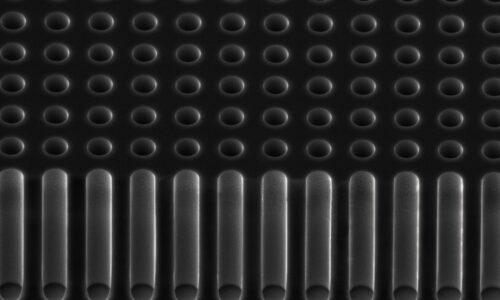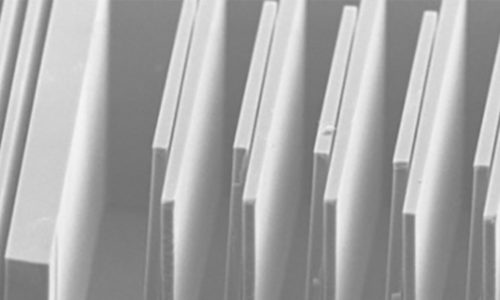Atomica’s advantages in the power-switching market
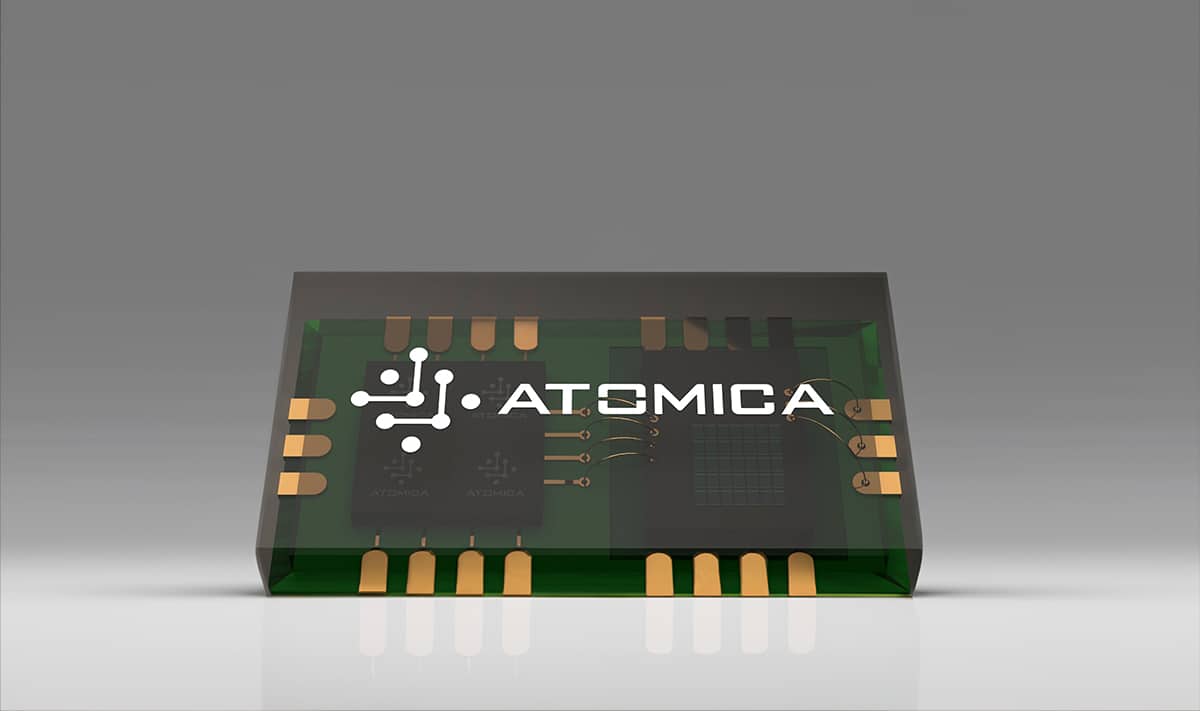
In this Article
- Where are power switches found?
- What is unique about Atomica’s MEMS switch and relay platform?
- How is Atomica’s MEMS switch better than an EMR?
- What applications benefit from a MEMS relay (like Atomica’s)?

Explore Atomica’s game-changing technology that disrupts the power-switching landscape. Our MEMS switch platform replaces traditional relay technologies, offering a fundamental building block that can scale from low to high voltage/current applications. With enhanced power efficiency, longer lifespan, and reduced size, Atomica’s switch has the potential to transform industries such as electric vehicles, IoT, medical imaging, defense, aerospace, and power adapters. Read the exclusive interview with Eric Sigler, Atomica’s CEO, Seena Partokia, VP of Product Development, and Account Executive, Eric Bower. (The interview has been condensed and edited for clarity.)
Where are power switches and relays found?
Eric Sigler [ES]: To understand the power switch market, we could sort various applications based on their current and voltage usage. We’ve chosen to compare them using watts, which is the product of current and voltage.
(Refer to the graphic below.) At the lower end, there is automated test equipment (ATE) which is served in part by Reed Relays. These devices typically operate at around 300 milliamps with a circuit voltage of approximately 30 volts, and 10 volts on the circuit. Although they are low-power devices, they possess very low resistance, making them suitable for test systems. This represents one extreme of the market.
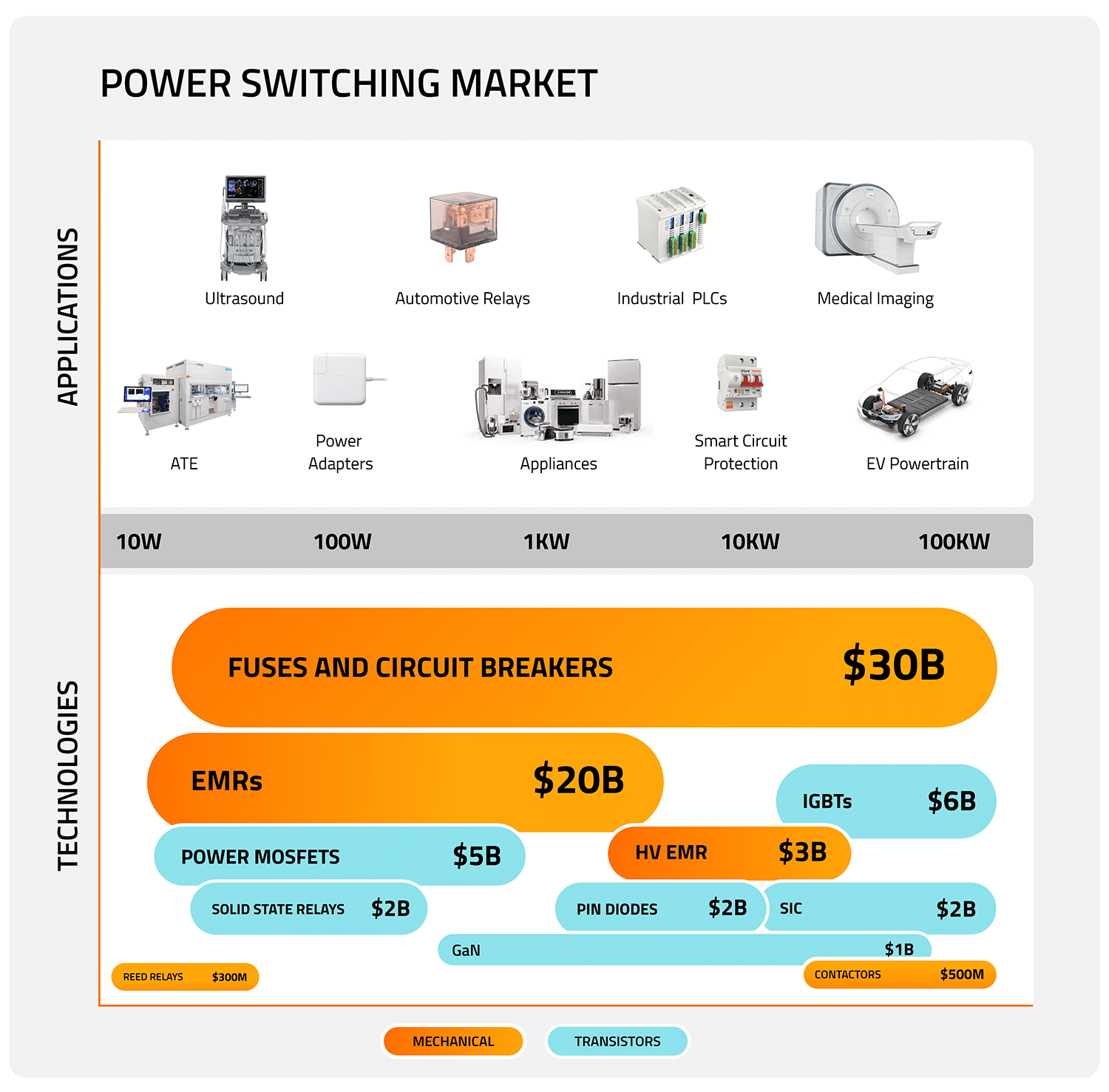
On the other end of the spectrum are high-voltage or high-current applications, such as electric vehicles, train systems, or large industrial applications. Currently, insulated-gate bipolar transistors (IGBTs) and silicon carbide are widely used for high-power switching.
Power switching applications are diverse and require different power levels. Consequently, they are served by various relay technologies, including semiconductor transistor technologies and mechanical technologies.
This diversity poses challenges. A designer must decide whether to use mechanical relays or FETs (field-effect transistors), considering factors such as speed, longevity, power efficiency, and size. The decision-making process for these systems has had to accommodate various constraints.
However, at Atomica, we have introduced a groundbreaking development, the Holy Grail switch - a fundamental building block unit cell - that can be easily scaled and applied across the entire market. These switches can be arranged in series or parallel to meet the diverse voltage and current requirements of all applications.
ES: Manufacturers no longer need to make as many tradeoffs and compromises when selecting relays. This is a significant breakthrough, considering that over $70 billion of the economy is spent each year on power-switching devices.
Seena Partokia [SP]: Until now, nobody has brought to market a true unit cell that they can scale without having to redesign in silicon.
What sets Atomica’s switch apart?
ES: Atomica’s switch represents a remarkable combination of a century-old mechanical armature technology, used for opening and closing physical electrical contacts, and the advantages offered by semiconductor fabrication. By employing lithographic precision, we have achieved the same functionality in a significantly smaller and more precise structure. Our switch is physically fabricated using micromachining and semiconductor MEMS (Micro-Electro-Mechanical Systems) technology, allowing us to shrink its size. In comparison to existing technologies, our switch stands out due to its compactness, enhanced power efficiency, and cost-effectiveness, as we can produce tens of thousands of these switches on a single wafer.
SP: Moreover, it’s essential to note that we have designed the switch without the need for highly intricate methodologies. Existing power switches in the market are known for their high levels of complexity. The contactors, silicon carbide, and gallium nitride technologies all fall under this category. Additionally, IGBTs and high-voltage electromechanical relays (EMRs) entail very intricate actuation and contact approaches.
We have streamlined and simplified the entire process.

How does your switch achieve simplicity?
SP: The key lies in the fundamental unit cell, which offers true scalability. By arranging the unit cells in series, we can achieve higher voltages, and in parallel, we can handle higher currents. This unit cell is crucial in simplifying the field of relays.
Our switch is a four-terminal device, unlike the conventional three-terminal ones. The component responsible for actuating and deactuating the switch is isolated from the armature, which carries the current. This fundamental distinction sets our technology apart from all existing technologies worldwide.
We have simplified the actuation mechanism by utilizing electrostatics for the actual movement of the switch. Instead of relying on a coil to generate a magnetic field for activation, the electrostatic force powers the switching process. Additionally, this device also facilitates circuit protection.
Eric Bower [EB]: Since it is a four-terminal device that activates through an electrostatic potential differential, multiple switches can be turned on and off simultaneously to handle higher currents or voltages. There’s no need to energize a coil, which traditionally initiates the switch. Overcoming the electrostatic force efficiently triggers the switches.
Atomica’s switch differs from switches and relays with which manufacturers are typically familiar. How do you approach potential customers?
SP: That is something that Eric Bower and I deal with daily. The first thing we say is:
“Throw away everything you know about transistors and mechanical relays. Those do not relate to this. Think simpler.”
We educate our customers to make sure they understand what electrostatic means. It’s all voltage related which is much easier to measure, control, and generate. There is no electrical current involved and, therefore, you don’t have the heat associated with higher voltages as long as you’re not moving the electrons.
Now, the field-effect transistor is a voltage-controlled current source (as is Atomica’s switch), except that in any FET, you have gate leakages that create heat and inefficiencies within the device. You also must keep the FET in optimal bias conditions. If you want to be in saturation mode or if you want to be in linear mode or different operating conditions, you have to make sure these voltages stay within a certain range; otherwise, the transistor turns off.
We teach customers to change the way they think about system-level problem solving. They don’t have to worry about things like bias conditions anymore.
We are currently breaking the barrier of transitioning from familiar technologies to something simpler with our present customers, who are the early adopters. This will also be our approach with future customers. Similar to the shift from bipolar junction transistors to MOSFETs, the process of moving from the incumbent solution to a simpler one will take some time.
EB: We give customers who have never worked with MEMS relays before a positive future state like ten times more reliability, ten times the expected lifetime.
They’re not used to being able to work with something that’s just turned on with electrostatic force. That’s why at this stage, we’re looking for these really innovative companies who want to be early adopters and want to take the opportunity to get something that’s going to define the market. Then, it’s going to work like dominoes. Once one company in an industry starts to adopt this and has a product that’s blowing everything else out of the water, its competitors will have no choice but to adopt our solution as well.
A large portion of the switching landscape is handled by electromechanical relays (EMRs). Why might those manufacturers want to consider Atomica’s switch?
ES: It’s hundreds of times smaller, faster, has lower power, and longer life.
SP: One fundamental piece is what’s happening in the electrification of the world – people are going away from lower voltages to higher voltages so they can get the same amount of power in lower currents. Why do lower currents matter? Because lower currents enable lower heat which means a more efficient system.
EB: There’s an analogy to the smartphone market where every year they get smaller and faster and more power efficient. Consumers want products that are going to follow that trend. EMRs are one of the limiting factors in that regard. We can allow manufacturers to create huge wins in their markets.
Which industries or applications could see a real impact from Atomica’s switch?
1. Electric Vehicles

ES: One good area to talk about is electric vehicles (EVs).
There’s a transition underway to move to EVs and that drivetrain architecture requires a completely new way of thinking. The need to charge batteries quickly introduces a need to step up the voltages and protect these circuits in a different way. All the circuits that measure, monitor, and protect the drivetrain and batteries require a whole new category of devices for efficient switching and protection.
SP: With the next iteration of our technology, not only do we allow for switching and circuit protection, we allow for in situ current measurement. Right now, there are a lot of parts in EVs installed for current monitoring; that will be inherent in our switch.
ES: Drive range is one of the most critical elements in an electric vehicle, so anything you can do to save power consumption to extend the range of a car is important.
SP: EVs have all these batteries to get a certain range. If you can keep that range constant while reducing the number of batteries, the car is much lighter. You won’t need the same suspension systems, braking systems, and other systems that revolve around the weight of the vehicle.
No one thinks about having a switch like ours that’s also a circuit breaker and allows for in situ current measurements. This can create possibilities that will allow you to go down to a single battery cell to measure how much current you’re pulling and to determine if you want to keep pulling that current from that cell or not. You could control which batteries are going to give the current required to move the car at any given point. That is the level of control needed to get a meaningful difference in the amount of power they get out of their batteries.
ES: There is a lot of buzz in the industry around shifting from incumbent technologies like IGBTs to silicon carbide because they’re more efficient. We can further extend that story by moving to an even more efficient switching technology.
2. Internet of Things (IoT)

SP: The power IoT market has been stuck using contactors, a technology over 100 years old. Contactors are massive elements that allow for high-voltage switching. They are used because no one had come up with a better way to do that sort of function.
Our technology can address the high-voltage high-current markets. Instead of having one massive separation in the contactors, we can group our switches to have a bunch of little separations that translate into the equivalent of one massive separation.
EB: There’s an interesting aspect around noise. If you’re making a luxury IoT product using mechanical relays, it’s going to click every time it turns on or off. Our MEMS switches don’t make any noise audible to the human ear. If you want to remotely manage your home smart systems, you would like something that is small and discreet and doesn’t make any noise. Our switch offers this, a functionality that no other mechanical fuse or contact on the market today can provide.
ES: There’s a proliferation of these new devices in the home that need to be switched on and off. We anticipate billions and billions of switches; these need to move away from being inefficient lossy resistive structures that generate a lot of heat and waste energy. They also need to be smart in the sense that they can switch on and off digitally and are able to protect these circuits to reduce the risk of fires and the risk of damaging sensitive electronic circuitry.
3. Automated Test Equipment (ATE)
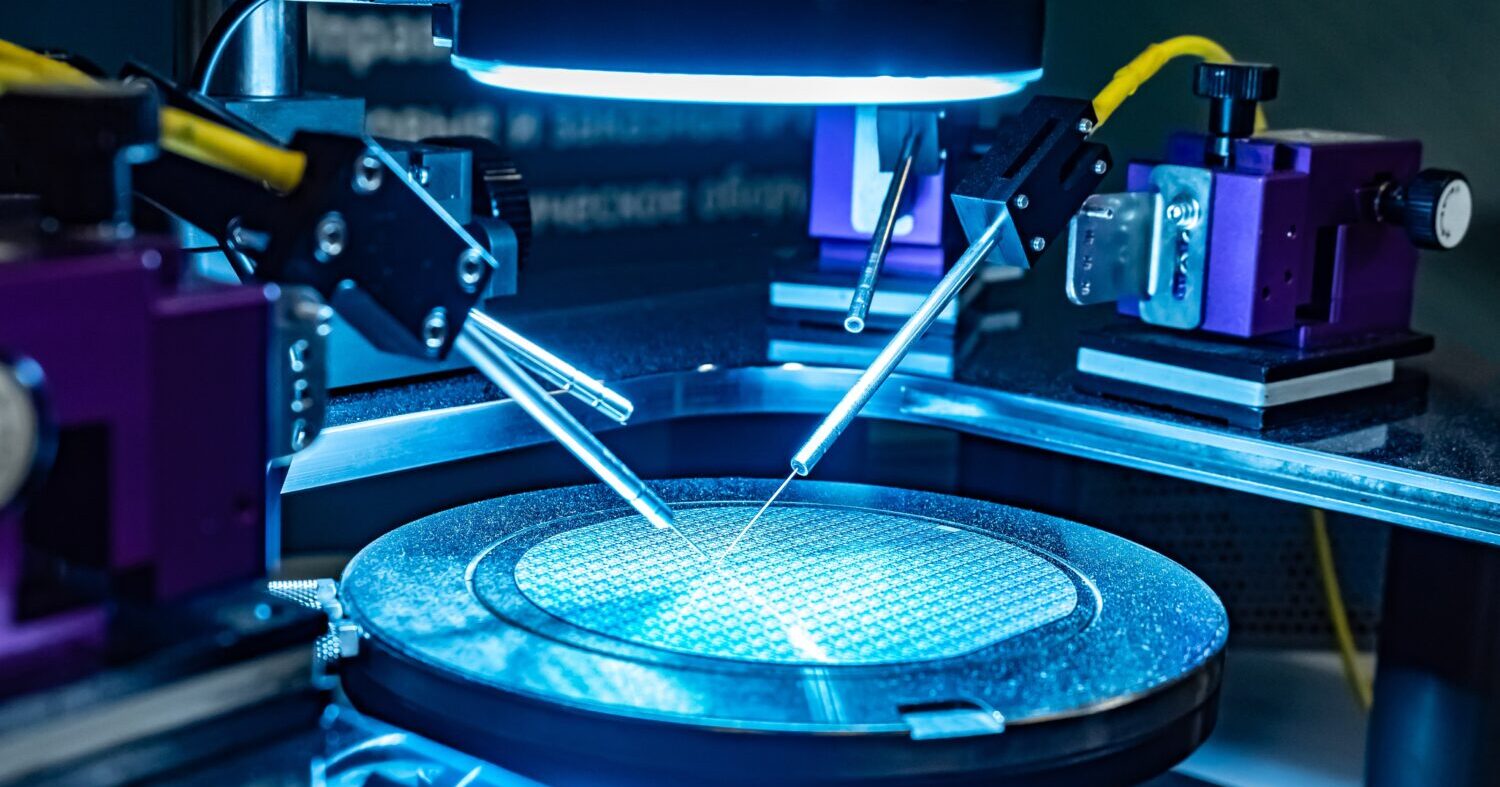
SP: Test equipment is another place where our switch can be used. In this market, incumbent solutions generate heat and are so big that you can’t bring them very close to the device you’re actually testing. You must push the tester far away and have losses associated with all these traces. That’s detrimental to test applications and makes the design of the test and the validation of the test systems difficult.
The value of our MEMS technology is that we allow all the test hardware to be very close to the device you are testing.
EB: There are two more ways we save costs directly in using test systems.
One is reliability. Incumbent solutions last in the range of millions of switching cycles; ours will last billions of cycles. The more often you have to replace switches, or a switch goes down in a testing system, that is time you are not testing. That’s a direct cost for the testing company.
The same thing with switching speed. We can switch 10 to 100 times faster which means you can do more tests in the same amount of time, also reducing your overall test cost.
4. Medical Imaging

SP: With medical imaging, to get high-resolution images, you need to use high voltages and high currents to generate pulses that get emitted from the source and go hit the specimen you’re trying to image. You form an image from how that incident wave was changed by the specimen. As a result, what switch you put in front of that incident wave impacts how that initial signal is distorted. You want a switch that doesn’t distort it very much, and a switch that is able to keep that incident wave intact as much as possible. We can solve that with our switch.
Also, the market is going toward miniaturizing these imaging systems. For that, you need switches that are miniaturized and very efficient. Our switch is extremely efficient in allowing that incident wave to pass through the switch without getting distorted and in extremely low power needed for actuation and deactuation.
ES: Lower power enables more use and more mobility of the device.
5. Defense and Aerospace

EB: Historically, the defense and aerospace industry has had problems with mechanical relays. During takeoff, they rattle so much that the contacts actually shut and can’t work. They need a solution that’s much more reliable.
MEMS can handle high-impact environments much better than larger mechanical relays. It gets down to the basic physics of force equals mass times acceleration. Our switch’s mass is orders of magnitude smaller than these mechanical relays, so any force applied is also going to be orders of magnitude smaller. We’ve done some calculations showing our switch is able to handle over 17,000 G’s.
6. Power Adapters and Smart Plugs

ES: Power adapters are an enormous thing. We estimate that about 5% of all electricity is wasted by these devices. Energy is flowing through a transistor but the energy is not really being used. It’s what we call vampire loads. If we can move away from using transistors and toward galvanically isolated switches where the device is either on or off, you won’t have a bunch of these little adapter plugs in the walls that are warm to the touch.
Are there other thoughts you would like to share regarding Atomica’s switch?
EB: We haven’t talked about hot switching. Ours is the first-ever MEMS switch on the market that can handle hot switching.
SP: If you want to use a galvanic switch that’s not a contactor, the way it’s done right now is to power down the system so the currents are at very low levels and they have bleed resistors to make sure voltages are also at very low levels before they actuate the switch.
EB: On a circuit board, there are a lot of extra parts associated with being able to power down, with energy wasted prior to switching. With hot switching, your signal path can go full speed while switching on and off, reducing the cost of those extra parts.
SP: We are in the works of designing a function within our technology that allows for hot switching. That means you can turn the switch off and on without having to power down and without impact on the switch’s reliability and performance over time.

